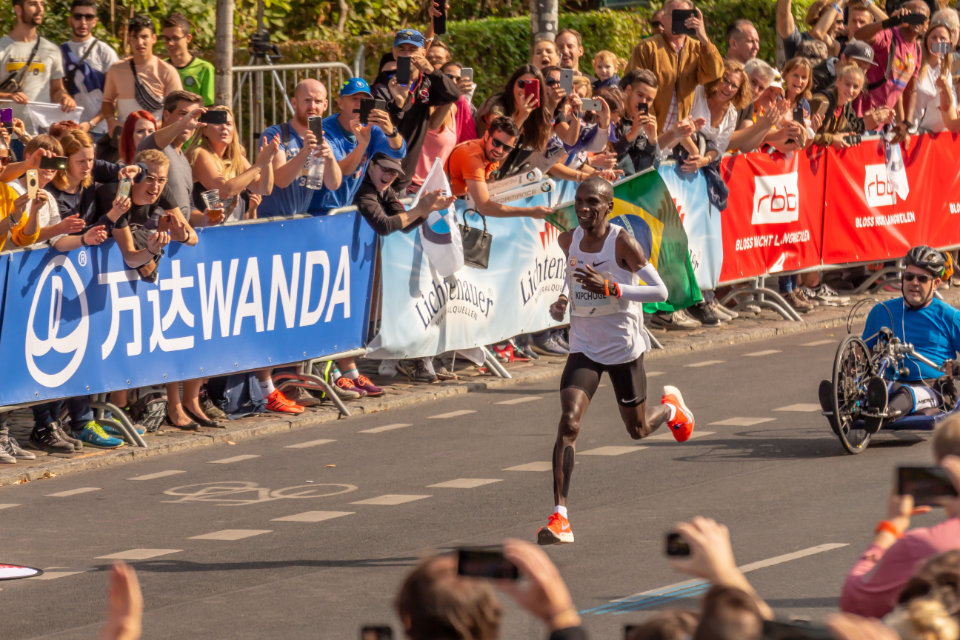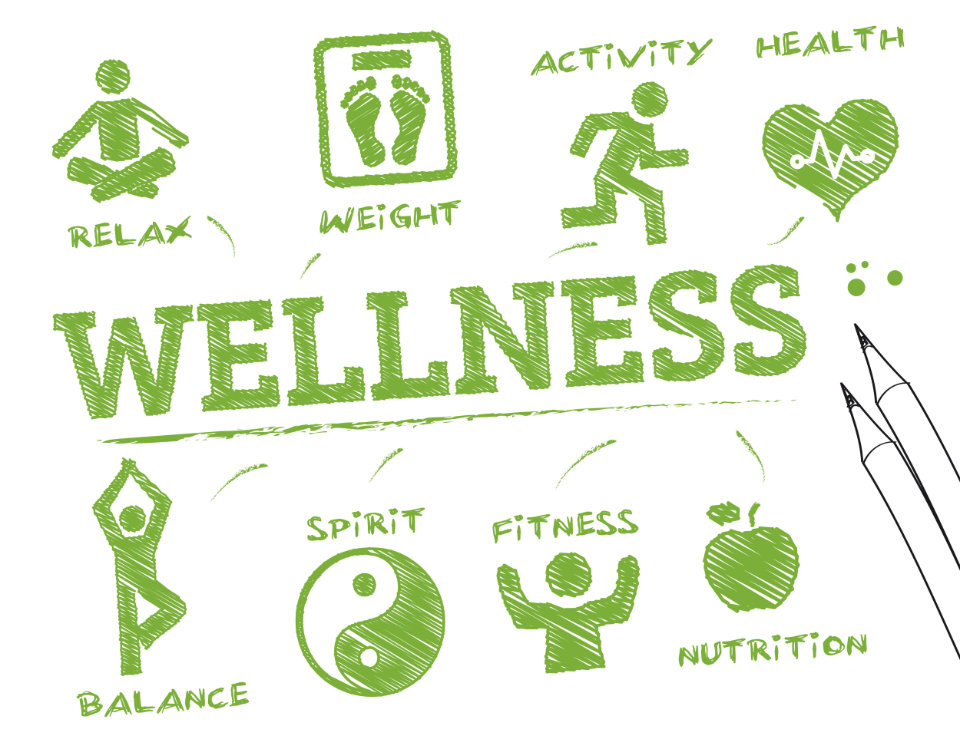The take-up in running has increased exponentially since the beginning of Covid-19. A recent study by Nielsen (2021) discovered that a whopping 13% of all runners actually started running in the past year, after the beginning of Covid-19.
As a result, there are indeed more people on the planet running than ever before.
People cite reasons why they enjoy running as low cost, easiest and that it is the quickest way to boost health, fitness, mood and is a feel-good factor.
Former marathon World Record holder Paula Radcliffe talks about how running has helped her cope with a difficult 18 months, “Being able to get out running really helps me handle whatever’s thrown at me, and just mentally put things in perspective and make decisions and think more clearly.”
The benefits of running through this period are clear and no doubt much of these resonate with you.
There has also been a sudden surge in runners wanting to improve times, run faster and challenge themselves through virtual races and online time challenges.
One thing that has always fascinated me is the way the human body can progressively adapt to training. People that want to get quicker can, irrespective of starting point, physical condition or running ability.
For the purpose of this article, unlocking running potential can be defined as becoming a better and faster runner using some tried and tested methods.
These tips have been taken from current research, elite and amateur runners as well as my own personal experiences:
1. Motivation and drive
Fundamentally, the enjoyment you get from running and the motivation to actually do it are two of the most important factors if you are looking to improve as a runner. It goes without saying that the more you actually enjoy something, then the better chance is that you’ll stick to it.
Some runners are fortunate enough to love every session and some not so much. So, understanding what your key motivating factors are is important.
Whether it is getting fit, losing weight, clearing your head, listening to a new playlist, a trophy on a Strava segment, seeing friends, a new pair of trainers, a new route or beating your PB, tap into these in order to get out of the door and run.
Convincing yourself that you actually enjoy it is also a useful tactic!

As the great Kipchoge reminds us, “Running is not so much about the legs, it’s about the heart and mind.” The main principle of this philosophy is that running is more mental than physical and that attitude contributes to progress.
Keep your focus on your goal, be it a 5km PB or a smaller goal. Achieving small goals that build towards achieving a larger goal can be an incredibly powerful motivating factor.
Everyone has different motivating factors and understanding what motivates you and leveraging them to your advantage really is important.
Make running as fun and exciting for yourself as possible!
2. Plan and mix it up!
Have a plan that works for you, making sure you mix up your running as much as possible. Depending on your goal, a realistic training plan that works around your family, work and social commitments is key. It has to be manageable in order for it to be sustainable.
Running 3 or 4 times a week, ensuring you switch between road, trail and track at varying intensities really is a solid foundation to developing your all-round running game.
The speedwork on the track, developing agility and balance in the trails and the convenience and ease of the roads and parks give a great blend and keeps it interesting.
Throw in some hills and you really do have the full compliment. Hills are great for working dynamic power, hip strength and mobility as well as overall endurance.
Practice ‘changing the gears’ within runs too. Trails are great for this as you are constantly shifting between speeds, throwing yourself into bends, twists, turns and hills all add to your runner’s toolkit and prepares you for almost any surface.
People often think a run has to be at a consistent certain pace but it’s good to throw in some tempo pace into longer runs. Incorporate negative splits into your routines too which helps mix it up further.
Mo Farah outlines the importance of treadmill running as part of his diet. He runs 6-mile tempo runs and uses them for his hill workouts too. Don’t neglect the easy runs either.
They should be exactly that too-Easy and chatting pace! These allow your body to build fitness without placing too much stress on it. To run faster, you actually need to run slower – regularly and don’t be tempted to run hard every run, this is a quick route to injury.
3. Better together
Run with others! In my experience, running with people who are quicker and fitter than you is one of the best ways to get better and faster quickly. It also means you have a better chance of showing up if you have committed to others!
I have lost count of the times I have thrown the towel in before I have left the house. Join a club, run with friends, find someone who you can run with.
Don’t get me wrong, I love a solo run as much as the next person but if we are talking about becoming a better runner, having others you can run with is important.
Research does show that amateur runners push themselves harder in a group than running solo. The social aspect also makes it a more enjoyable experience.
4. Leverage the data and set yourself targets
Using data available and setting yourself realistic time improvement targets as part of your training plan can be powerful.
Sports watches, apps and trackers are now better than they have ever been and the data they produce is pretty comprehensive.
Look at your HR data and use that to help you plan and evaluate sessions. Know your limits – what really is as fast as you can run and work out your different HR zones.
Use the technology but don’t let your tools get in the way of your running!
5. Body management
Respect the rest days and resist the temptation of overdoing it. The fastest route to injury is to suddenly increase your volume of training. Ramping up your exercise volume should be gradual (approximately 10% increases each week).
Take your rest days seriously and value your recovery. “You don’t have to smash every run,” says Dixon, “intense interval sessions and long runs are important pillars of a training plan but too much too often will fatigue you physically and mentally.
Include some comfortable steady-state work and recovery runs to give your mind and muscles adequate recovery.”
Listening to your body and managing how you run based on how you feel is a key player in becoming a better runner.

Kelly Holmes emphasises the need to focus on recovery, even more, the older we get. “The main thing to consider when running as you get older is recovery.
Increasing the amount of running you do could increase the risk of injury, especially if you don’t take into consideration what ‘rest’ actually means.”
Incorporate rest days into the training plan, usually after a day of a hard session or at the very least, recovery runs at low intensity.
6. The power of the warm-up!
Warm-up and stretch pre and post-run – this speeds up recovery and reduces the risk of injury. Yes, it takes time but taking the time to do this properly pays off in the long run.
As you increase the volume of your training, this will pay dividends. Raise core body temperature, then perform a progressive, dynamic warm-up at a lower intensity and lower velocity movements to higher ones.
Practice good movement habits and focus on form when moving during your warm-up and make sure you match the warm-up to the requirements of the session you are about to do.
When you are at the higher intensity end of the warm-up, you’ll also be able to tell exactly how you feel for the session ahead. This gives you a chance to adapt the workout depending on how you feel.
Double GB Olympic Champion Dame Kelly Holmes suggests focusing on stretching tight areas and not spending too much time on areas that are already flexible.
7. Go shoe shopping
Try as many different brands, models and sizes as you can. Some brands work well for people depending on your foot shape, gait, and how you strike.
Consider gait analysis at a running shop that provides these and then find a suitable shoe that suits your gait.
Find a brand and model that are your favourites and explore the different ranges within a brand. Depending on budget and how serious you are, consider a pair for the trail, track and road and maybe a racing pair.
Don’t wear your running shoes out either, get rid of them before they are too worn out that they are ineffective or likely to cause injury.
8. Running isn’t just about the legs and feet
Effective running is not just about practicing running. Mo Farah attributes much of his success to a strength and conditioning programme done at the gym.
Building whole body power by strengthening and conditioning your legs and core will benefit your running technique, strength and endurance.
Jay Bouchard explains, “Good runners condition their whole bodies. The arms drive the legs.
Keep your upper body and core toned with a lot of push-ups, pull-ups, sit-ups, and back raises (don’t forget that the back is part of the core).
Stay away from machine weights and stick to Pilates, climbing, and dynamic flexibility work like yoga.” Jay Bouchard 2017.
9. Eat healthy and consider nutrition
If you are going to do this properly then you need to focus on your diet. There are many credible research studies on healthy eating and also the best fuel for exercise. Find a formula that works for you and your training and stick with it.
Don’t forget to hydrate well in advance of sessions and understand how long before a session you can eat without feeling bloated during a run.
Getting these right in training then sticking with them when you race is a tip you hear time and time again, yet the biggest mistake people still make on race day is changing too many things.
Dehydration and insufficient fluid intake are common reasons for underperforming during training and races. Also, refuelling after running is something people often neglect.
“Trying to eat something within 20 minutes of finishing is great – that window is when the body is most open to restocking its fuel stores and that all helps with the recovery over the next 24 hours and with things like soreness,” explains Paula Radcliffe.
10. Get competitive!
Sign up for a race and commit yourself to something slightly out of your comfort zone. The pressure of a race coming up tends to reduce the risk of missing training sessions.
It also gives you a more formal goal and a chance to really put your training into action.
Throw in some healthy competition in your sessions too. The more your body gets used to running at a race pace, the more chances you will have of performing well.
11. Be flexible
Running first thing in the morning isn’t for everyone. As part of your training, mix times around your work/family/social commitments.
Think about your next race and consider the timing of your runs to reflect that, consider it a dress rehearsal! Paula Radcliffe talks about flexibility being key to making training work.
It’s normal to have ‘off’ weeks when life gets in the way or you’re just not feeling it but this doesn’t mean you have to abandon your efforts entirely. “It’s good to be flexible,” says Radcliffe, “use it to help you.”
With more people working from home around slightly different timetables means that getting out when you can is the most important thing. Through this, you may find a time of day you actually perform better.





